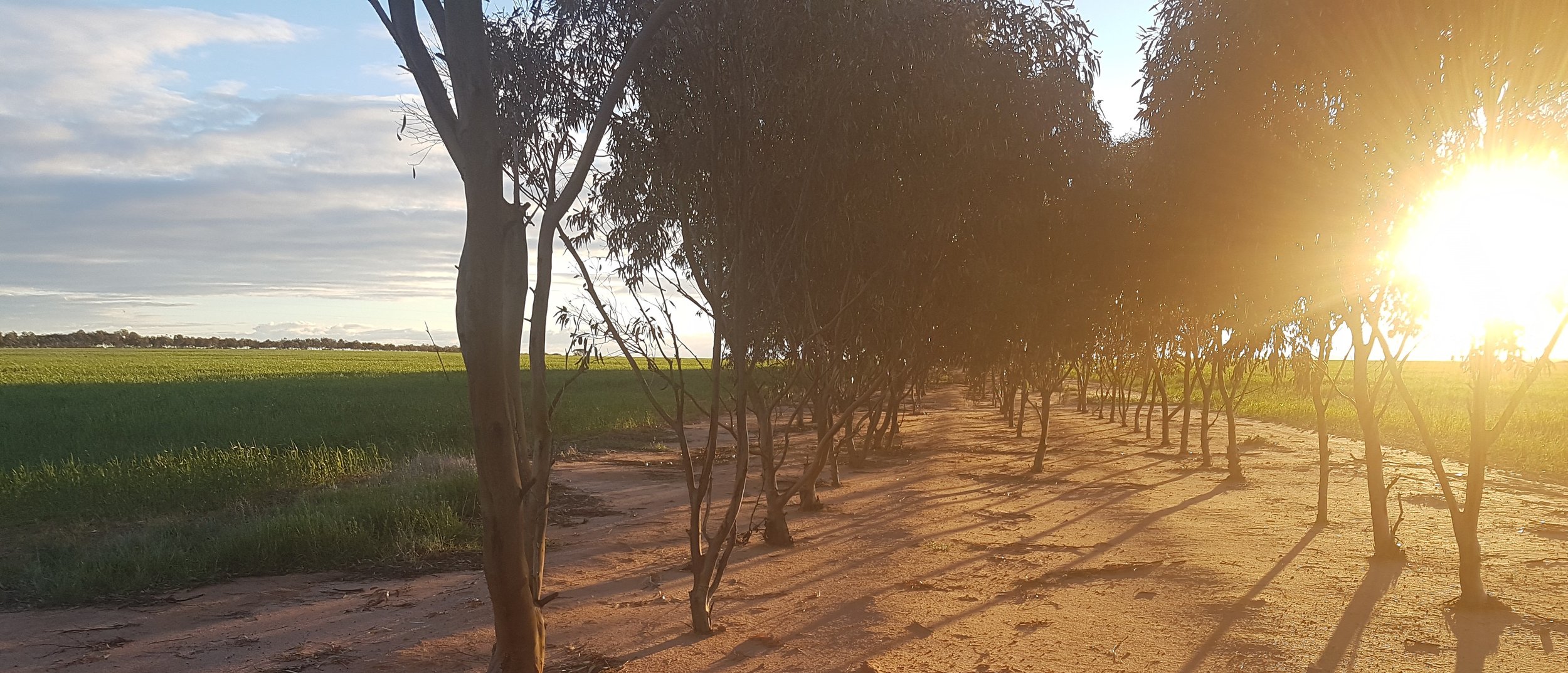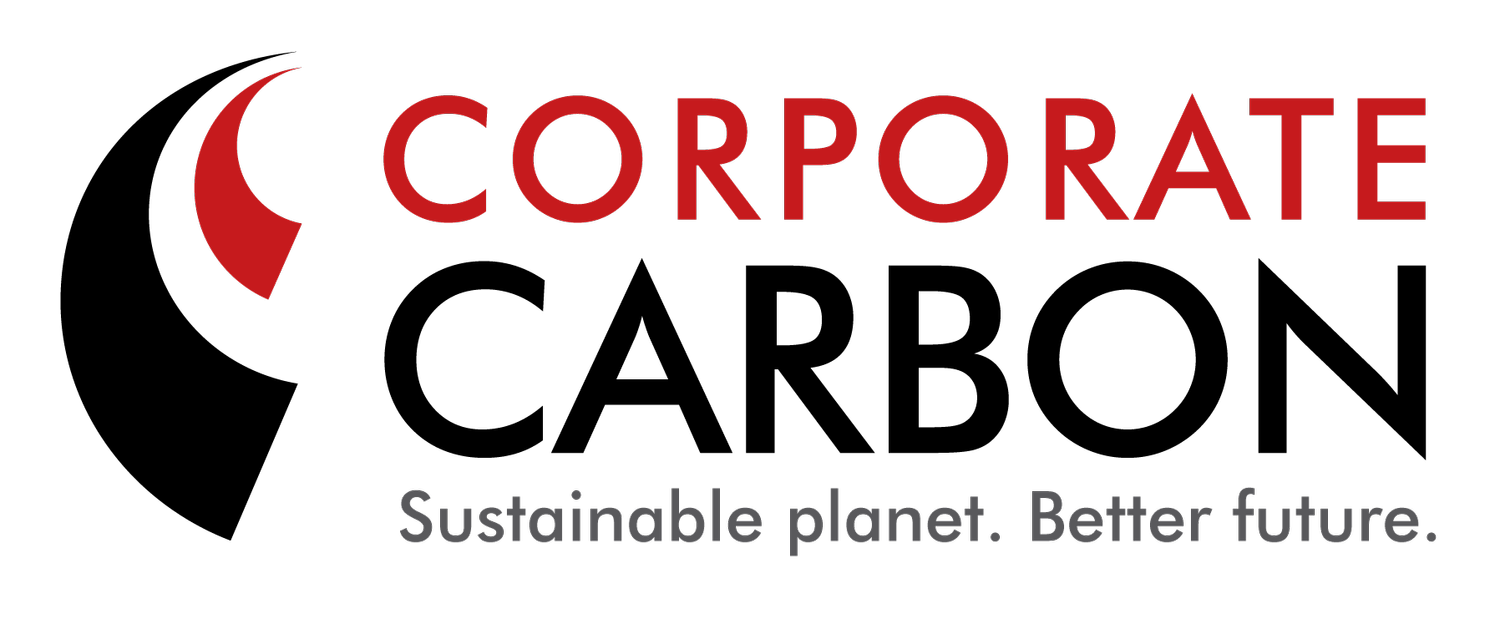
Sustainable planet. Better future.
ERF project methodologies
Corporate Carbon is the only large scale multi -sector developer with expertise in 12 methodologies and across 100+ projects.
Projects will provide an alternative approach to maximizing the value of LGCs (green certificates) from renewable energy - commercial scale behind the meter solar installations.
Projects will cover activities that capture and store greenhouse gas emissions in secure geological formations. CCS was also identified as a priority technology in the Low Emissions Technology Statement as large-scale deployment of CCS will underpin new low emissions industries and a potential decarbonisation pathway for other industries.
Organic matter decomposing in landfills produces gases e.g. methane, a potent greenhouse gas, which are released into the atmosphere. Projects involve reducing emissions by diverting waste from landfill to a new or expanded treatment plant to be processed into products e.g. compost, biogas or fuel.
Projects capture carbon by planting native trees or Mallee species to establish forest cover. The type of trees plant, and planting arrangements will affect how much carbon is stored. Full Carbon Accounting Model (FullCAM) software is used to model carbon captured in growing trees.
Projects involve introducing new land management practices to allow native forests to regenerate rather than being cleared; and establishing new plantations or changing from short rotation to long rotation plantations, increasing the amount of carbon captured in trees as they grow. Carbon can continue to be stored in timber products from harvested plantations. Full Carbon Accounting Model (FullCAM) software is used to model carbon captured in growing plantations.
Projects involve strategic burning in northern Australia’s early dry season (January to July) to decrease the size, intensity and frequency of late dry season wildfires. Savanna emissions avoidance and savanna sequestration projects earn carbon credits for reducing wildfire emissions through annual fire management practices. A savanna sequestration project also increases the carbon stored in dead organic matter from fire management, which must be maintained for 25 or 100 years through continued fire management.
Projects involves activities such as replacing or modifying existing vehicles, changing or modifying fuel sources or improving operational practices.
Projects involve upgrading industrial equipment to reduce electricity or fuel consumption. Upgrades can be applied to a wide range of industrial equipment, such as boilers, motors, compressed air systems, and heating, ventilation and cooling systems. Other activities include changing fuel source. Multiple activities can be included in one project.
Projects reduce emissions from pasture-fed beef cattle by improving herd management practices to quicken cattle maturity or reduce head of cattle needed to produce the same amount of beef.
More information
See our ERF project examples.










